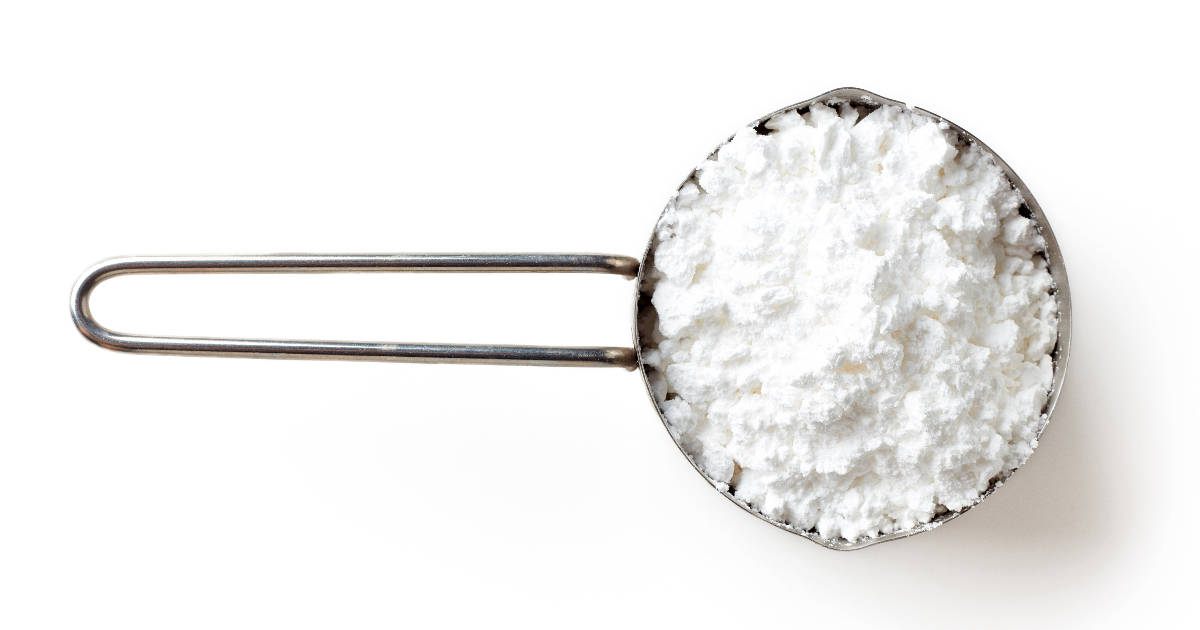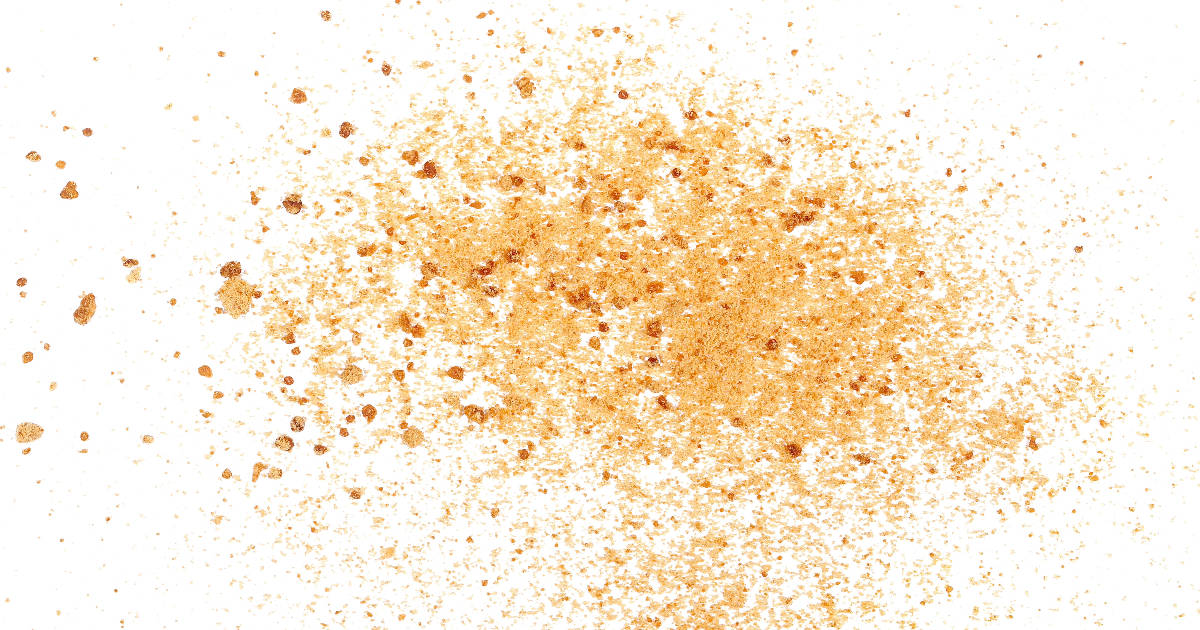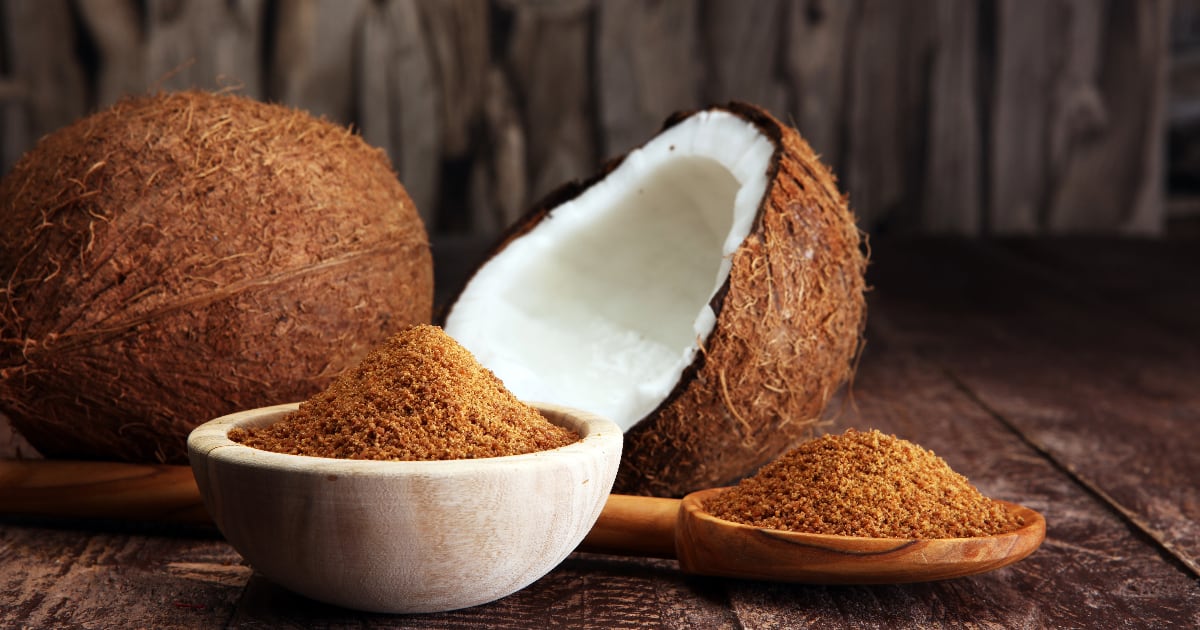Powdered sugar, also known as confectioners' sugar or icing sugar, is a pantry staple for bakers. Its fine texture makes it perfect for dusting cakes and cookies or blending smoothly into frostings and glazes.

But what do you do when a recipe calls for powdered sugar and you find yourself all out? Thankfully, you have options. Let's explore powdered sugar substitutes so you can keep on baking no matter what.
What is Powdered Sugar?

Before diving into substitutions, let's look at what exactly powdered sugar is. Powdered sugar starts as granulated cane sugar that is milled into a super-fine powder. Most commercially produced powdered sugars also contain a small amount of cornstarch, which absorbs moisture and prevents clumping.
The fineness of powdered sugar enables it to dissolve seamlessly into liquids like milk and butter. This makes it a key ingredient in recipes like:
- Frostings and buttercreams
- Glazes and icings
- Dusted toppings for cakes, cookies, and pastries
Powdered sugar can be used as is for dusting, or blended into creamy frostings and smooth glazes. Its versatility makes it a baking essential.
Key Takeaway: Powdered sugar is made from super-finely milled granulated cane sugar. Its fine texture allows it to dissolve easily and create creamy frostings and glazes.
Why Find a Substitute?
There are a few reasons you may need to use a powdered sugar substitute:
- You've run out of powdered sugar mid-recipe
- You want to reduce sugar and calories
- You follow a diet that restricts sugar, like keto
- You need a kosher for Passover option
- You want to avoid processed ingredients
Fortunately, you have many options for replacing powdered sugar in recipes. Let's look at some of the best substitutes.
Granulated Sugar and Cornstarch
The simplest powdered sugar substitute is a blend of granulated sugar and cornstarch. You likely have both of these ingredients in your pantry already.
To make:
- Combine 1 cup granulated sugar with 1 tablespoon cornstarch
- Blend in a high-powered blender or food processor until powdery fine
- Sift to remove any clumps
Use this homemade powdered sugar swap in place of regular powdered sugar. The texture may not be quite as fine, but the sweetness will be spot-on.
Key Takeaway: A blend of granulated sugar and cornstarch mimics the texture and sweetness of powdered sugar.
Coconut Sugar

Coconut sugar is a natural, less-processed alternative to cane sugar. It's made from the sap of coconut palm trees, giving it a slightly caramelized flavor.
Coconut sugar contains small amounts of vitamins and minerals, unlike regular cane sugar. It also has a lower glycemic index, meaning it won't spike blood sugar as quickly.
To use it as powdered sugar:
- Grind 1 cup coconut sugar with 1 tablespoon arrowroot or cornstarch
- Blend into a fine powder
- Swap in recipes cup-for-cup
The caramel notes and brown hue of coconut sugar will come through in your baked goods. But many enjoy this unique flavor!
Sugar-Free Sweeteners
If you're avoiding sugar for health or dietary reasons, there are sugar-free options for DIY powdered sugar:
- Monk fruit sweetener - Natural, no-calorie sweetener, blend with cornstarch
- Stevia - Blend stevia powder with cornstarch to make a powdered form
- Splenda - Measure 3/4 cup Splenda and 2 tablespoons cornstarch
- Xylitol - Sugar alcohol with 40% fewer calories than sugar
Since these are sweeter than regular powdered sugar, you'll use less in recipes - about 3/4 cup for every 1 cup of powdered sugar called for.
These let you get the powdered sugar texture without the added sugar!
Dry Milk Powder
Here's an outside-the-box substitute: dry milk powder! Although not sweet on its own, milk powder mimics the texture of powdered sugar when sifted over cakes and pastries.
To make:
- Blend together 1 cup dry milk powder and 1 cup cornstarch
- Sweeten to taste with your choice of sugar or sweetener
Because milk powder absorbs more liquid, you may need to adjust the wet ingredients in your recipe. Otherwise, you can swap this in 1:1 for regular powdered sugar.
Potato Starch
Potato starch makes an excellent cornstarch substitute. To use it for powdered sugar:
- Combine 1 cup granulated sugar with 1 tablespoon potato starch
- Blend into a super fine powder
This cornstarch-free powdered sugar is ideal if you avoid corn. Potato starch is flavorless, so it won't affect the taste of recipes. Use it just like regular powdered sugar!
Granulated Sugar
Don't have the tools to make powdered sugar? No worries - you can use regular granulated sugar in some instances:
- Best for recipes where sugar gets dissolved, like cookie batter
- Won't work as well for dusting, as it won't be powdery
- Substitute 1 cup granulated sugar for 1 3/4 cup powdered sugar
While not ideal for every use, granulated sugar adds the same sweetness and can work in a pinch!
When to Avoid Substitutes
While these substitutes work wonderfully in many recipes, there are some cases where powdered sugar can't easily be mimicked:
- Delicate recipes like macarons and meringues
- When you need an exact measurement, like for ratios in pastry dough
- Decorative uses like sugar flowers or drizzle effects
For these specialized applications, try to have real powdered sugar on hand. But for most everyday baking needs, these substitutes will see you through!
Key Takeaway: In delicate recipes like macarons and situations requiring precise measurements, powdered sugar is difficult to replace.
Storing Your Powdered Sugar Substitute
To keep your homemade powdered sugar or sugar-free substitute fresh, store it:
- In an airtight container
- Away from heat and moisture
- In a cool, dry place
Blending a fresh batch before each use will give you the best results. But you can make larger batches to keep on hand for convenience.
Proper storage will prevent your substitute from clumping or becoming difficult to blend up.
FAQ
Can I make powdered sugar in a blender?
Yes, you can make powdered sugar by blending granulated sugar and cornstarch in a high-powered blender or food processor until light and powdery. Be sure to sift the mixture to remove any clumps.
Is there a keto-friendly powdered sugar?
Yes, there are several keto-friendly powdered sugar substitutes. Try monk fruit sweetener, erythritol, xylitol, or stevia blended with a little cornstarch for a powdered texture without the carbs and sugar.
What can I use if I don't have cornstarch?
You can use potato starch, tapioca starch, or arrowroot powder instead of cornstarch to make homemade powdered sugar. All work well as anti-caking agents.
Can I use brown sugar as a substitute?
Brown sugar is not ideal as a powdered sugar substitute. Its higher moisture content makes it difficult to achieve a powdery texture, even when blended. Stick to white granulated sugar for best results.
Does powdered sugar go bad?
Properly stored powdered sugar can last 12-18 months before going bad. Signs of spoilage include clumping, an off smell, change in color, and mold growth. Use within a year for freshness.
Conclusion
While nothing quite matches the fine, powdery texture of true powdered sugar, these substitutes come close. You can replicate powdered sugar with surprising ingredients likely already in your pantry.
Whether you need a kosher, low-carb, or sugar-free option, there is a powdered sugar substitute perfect for your needs. With these simple swaps, you can keep the baking going even without powdered sugar on hand.
Next time a recipe calls for that sweet dusting of powdered sugar, don't panic. Put one of these substitutes to work so you can enjoy your favorite treats. With a little creativity and experimentation in the kitchen, you'll get delicious results using powdered sugar substitutes.

